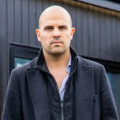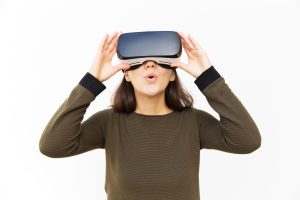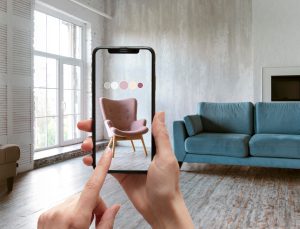
Sustainable architecture is not just a buzzword. It is a game-changer that is revolutionizing how we design and build buildings. As the world grapples with the need to reduce its environmental footprint, architects are increasingly turning to innovative solutions.
At the forefront of this movement, California-based Vrchitects is pioneering the fusion of virtual reality (VR) technology with sustainable design to create a greener, more efficient, and cost-effective future. In this article, we will explore how VR is driving sustainable architecture and how Vrchitects are taking the lead.
A New Perspective With VR
In the past, architects only had blueprints, drawings, and CAD software to work with. These are great tools, but they do not give you the full picture of how a building will interact with its surroundings. That is where Virtual Reality in Menlo Park comes in.
Orientation For Efficiency
Virtual reality can be really helpful for sustainable architecture. It can help architects figure out how a building will look in the light and shade of the day and different seasons. This way, they can make better decisions about the orientation of the building, which can help them save energy and money.
Immersive Client Experiences
Virtual Reality offers a great way for clients to get hands-on experience with sustainable design. They can explore virtual spaces, look at materials, and feel the finished product. Not only does this make it easier for clients to get involved, but it also helps them understand the sustainability features in the design.
3D Walk-Throughs: Seeing Is Believing
VR brings a new level of immersion to architectural, engineering, and client environments. Instead of looking at a static render or flat drawing, people can walk through a VR building. It helps you see how the building looks, functions, and interacts with the elements.
This level of immersion can help identify design flaws, ensure sustainable features are in place as they should be, and ensure the project is completed well before construction begins. It is also a major benefit for sustainability as it reduces the need for costly redesigns and rewrites.
Different Levels Of Detail For Informed Decisions
Virtual Reality (VR) enables architects to create models at various levels of complexity. This flexibility allows architects to gain a better understanding of spatial relations and massing. This is especially beneficial for evaluating the sustainability of a project, as architects can analyze complex details that may affect energy efficiency, material use, and overall environmental performance.
Sustainable R&D With VR
Vrchitects has harnessed the potential of VR to drive sustainable research and development (R&D). By simulating prototypes in a virtual environment, our firm can test and refine design concepts with minimal real-world resource consumption. This sustainable R&D approach is not only environmentally responsible but also financially sound, as it reduces waste and associated costs.
Resource-Efficient Production
Using VR has lots of sustainability benefits. Materials can be measured and cut more precisely, which means less waste. Plus, with VR-based precision, mistakes are much less likely, which means less use of resources and lower costs.
Vrchitects: Leading The Green Revolution
Virtual reality (VR) is revolutionizing the sustainable architecture movement. From optimizing building orientation to creating immersive client experiences and reducing waste and operational costs, VR is revolutionizing the AEC industry. Vrchitects is at the forefront of this revolution and are redefining sustainable design.





